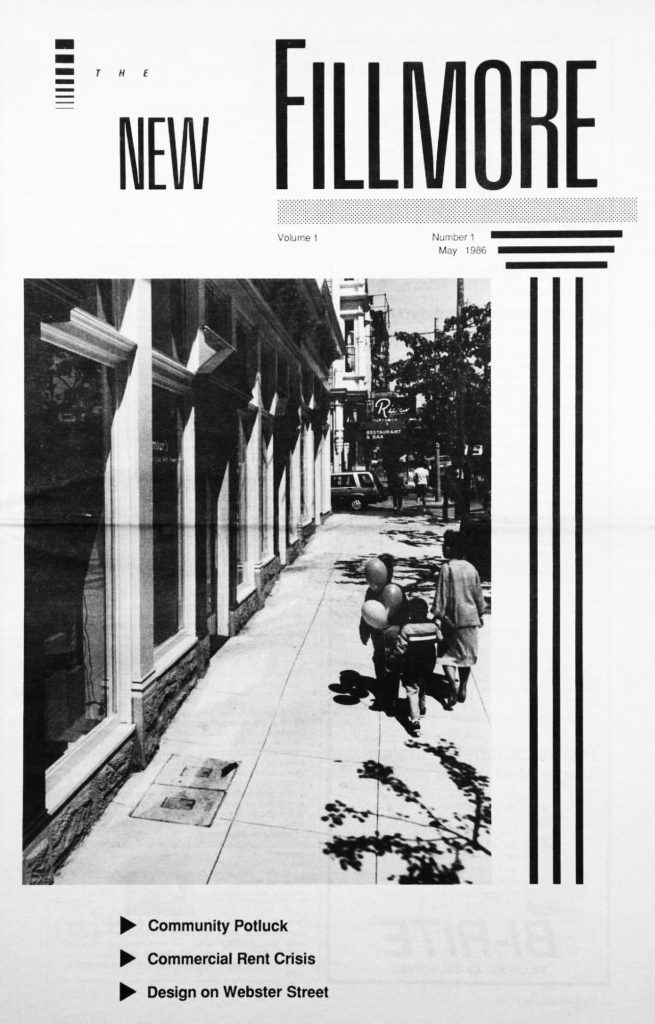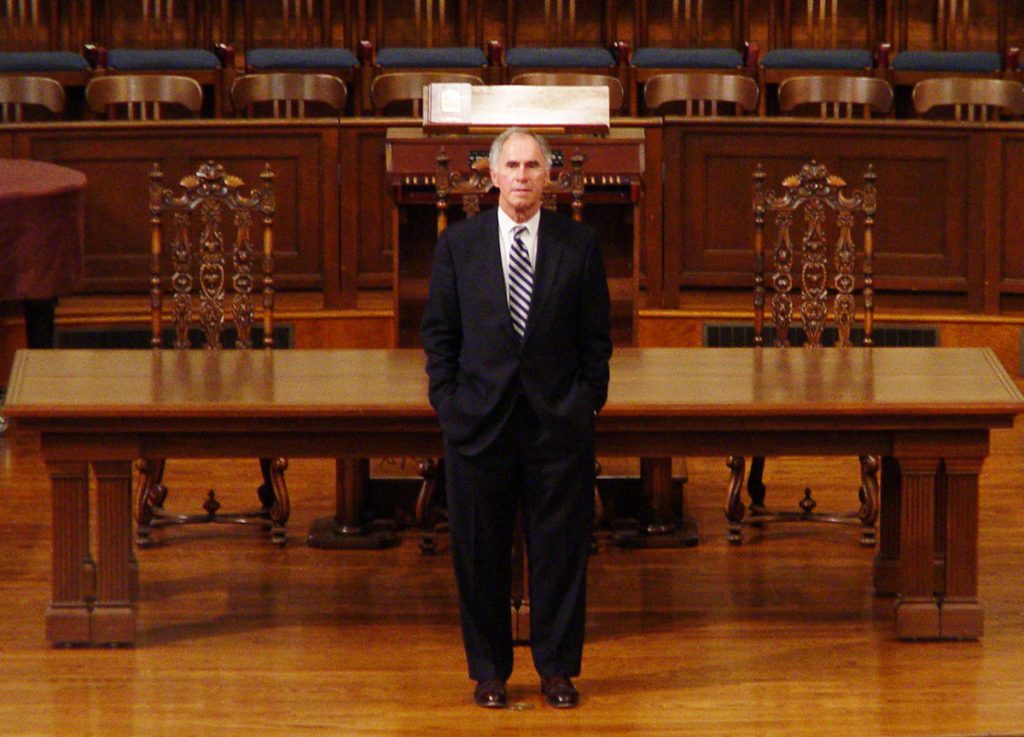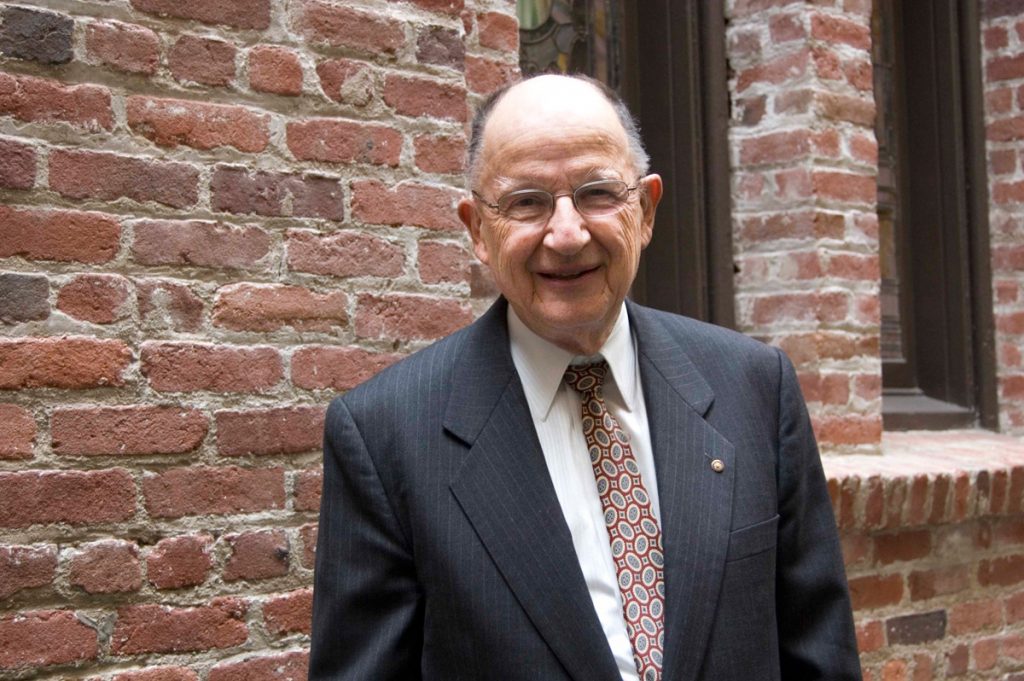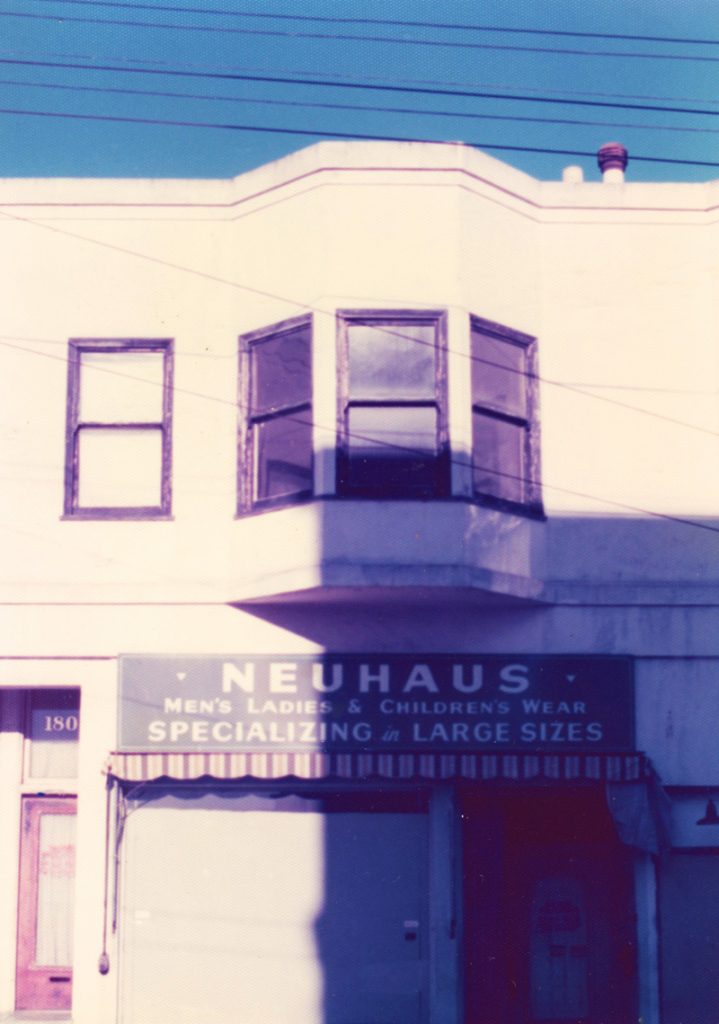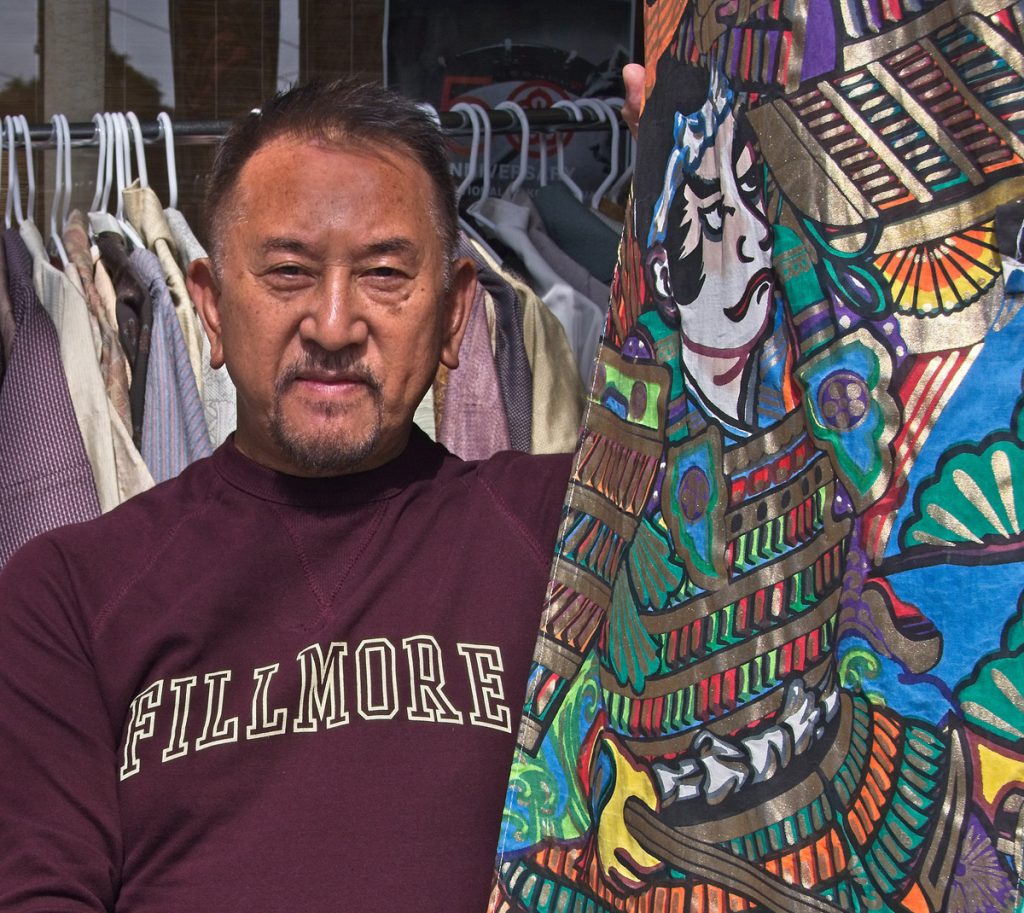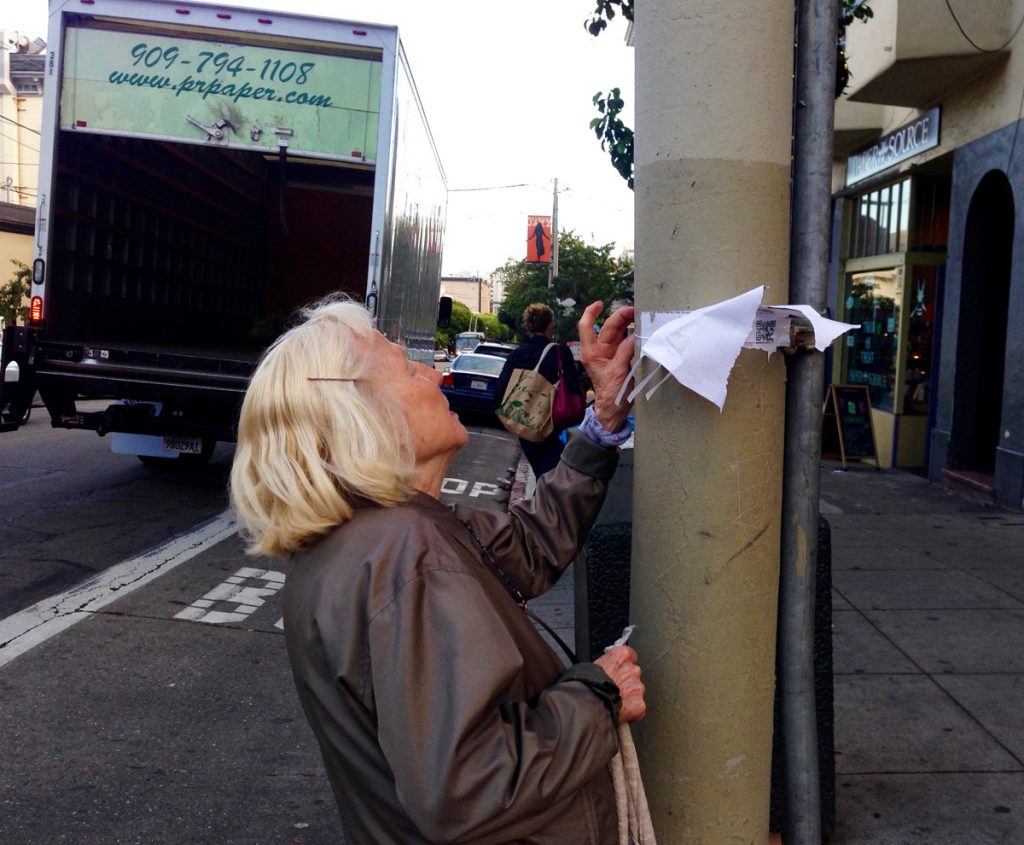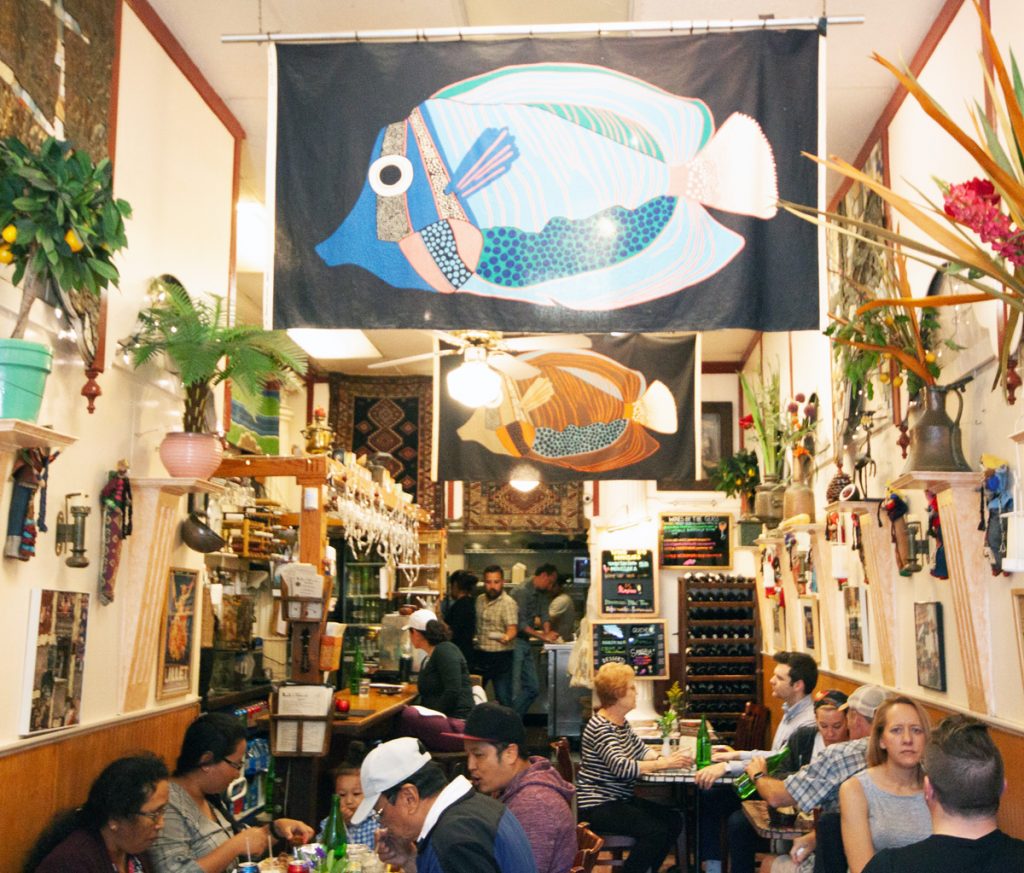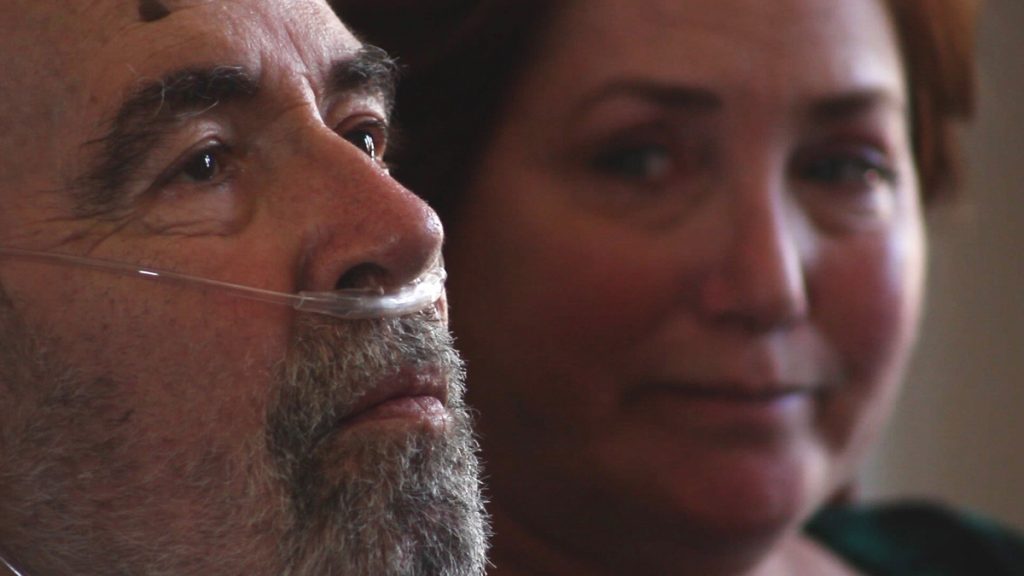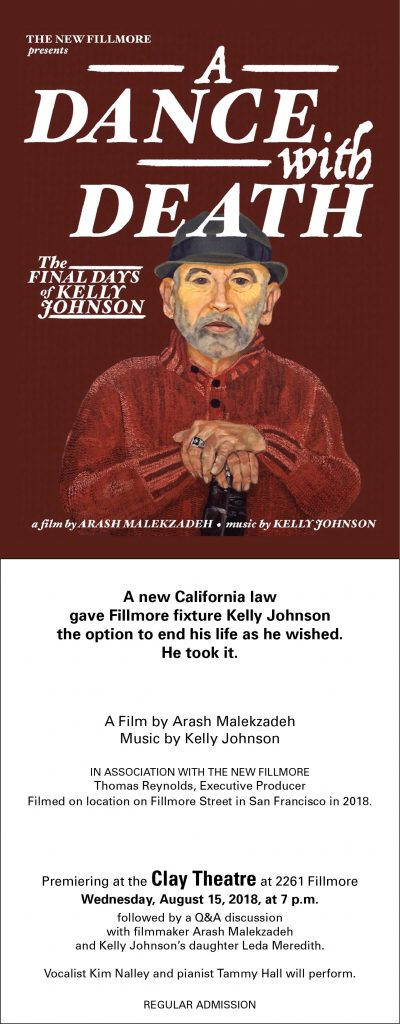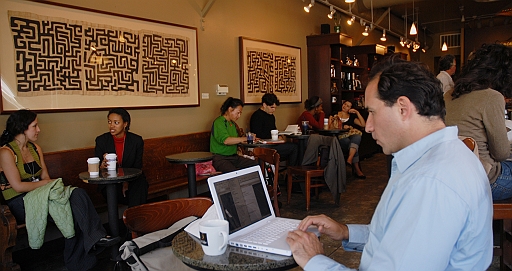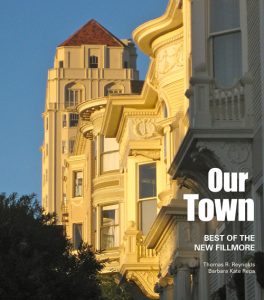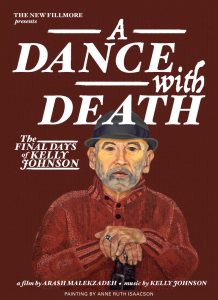By FRAN MORELAND JOHNS
The Rev. Dr. Laird J. Stuart followed the Rev. Dr. James G. Emerson as pastor of the Calvary Presbyterian Church at Fillmore and Jackson, both chronologically and in a determination to bring to the historic church a greater awareness of social justice issues. On December 19, 2018, he followed Emerson, who died three months earlier, on September 12, to the heavens.
Emerson was a powerful preacher and a pioneering pastor of Calvary in the 1980s. And he practiced what he preached about equality and justice, even getting arrested while participating in a 1987 interracial civil rights “march for brotherhood” in Forsyth County, Georgia.
In 1988, he was one of the founders of the San Francisco Interfaith Council, which brought together leaders of different faith traditions in the city. He traveled to India and met with Mother Teresa. “I told her, ‘We’re Protestants, but we pray for you,’ ” Emerson remembered. She told him: “Well pray more. We are all one people.”
Stuart built on the social consciousness Emerson had brought to what was then a sometimes staid, largely affluent, almost entirely white congregation.
Stuart served from 1993 to 2010 and led the fight against homophobia in the Presbyterian church. He was the first president of a nationwide group that lobbied what he called “the radical middle” in the Presbyterian church, urging that people be ordained as ministers, deacons and elders regardless of gender or sexual orientation.
Today Calvary has a diverse group of ministers and banners hanging outside with a rainbow flag declaring that “Black Lives Matter” and proclaiming it a sanctuary church — suggesting that both men made their mark.
Filed under: Body & Soul, Locals | Leave a Comment »



